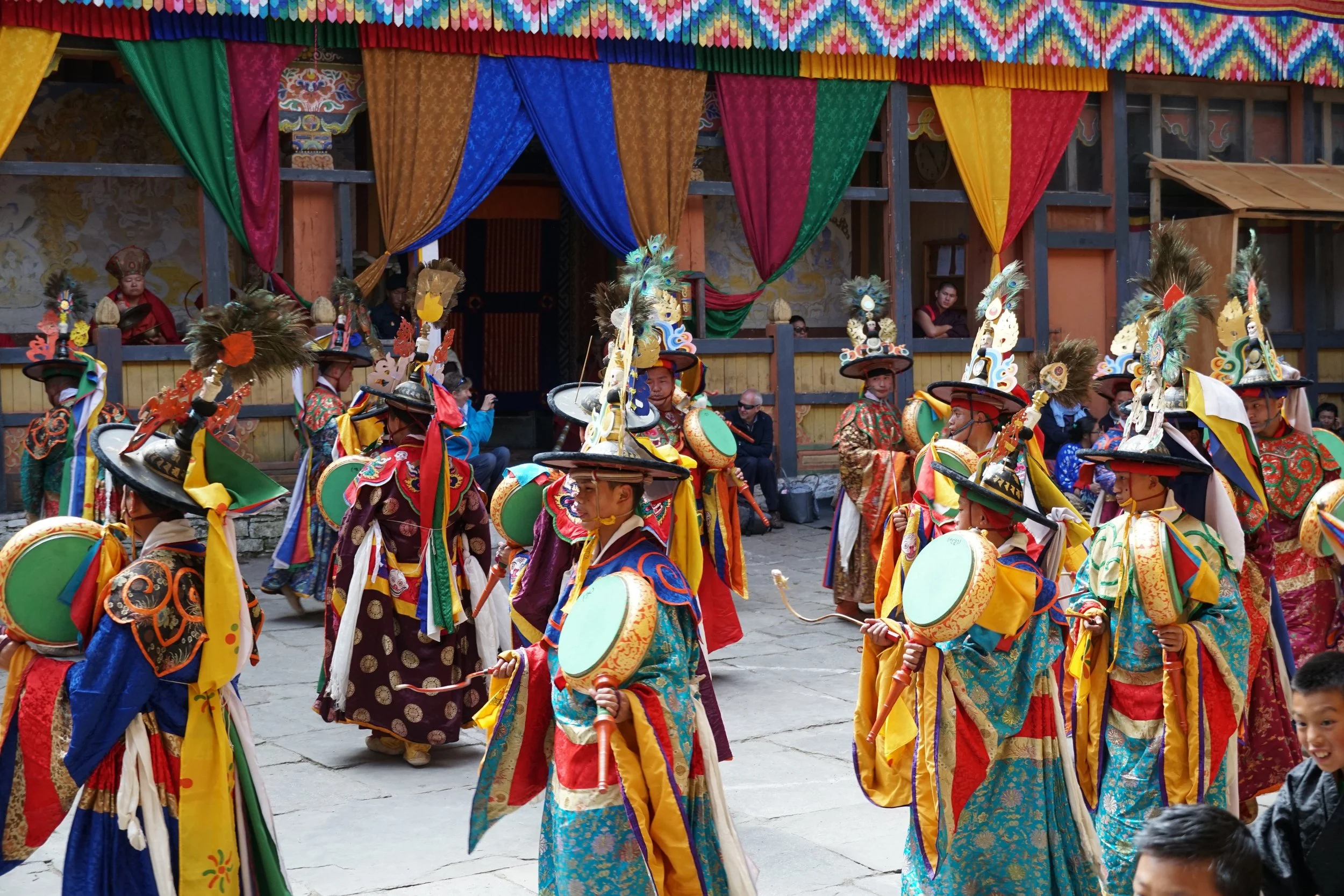{Our Founding Director Fionna Heiton is currently travelling in Tibet with her teenage twins. Our Tibet tours all depart from Chengdu, China}
The first time I came to China in 1989, it was all blue suits and bicycles. Religion had no place and communist ideology was firmly embedded. Since then, China has changed beyond all belief. Chairman Mao’s huge statue in Chengdu, Sichuan province looks down upon Gucci, Louis Vuitton and Apple. China has fully embraced the international business market and is rapidly developing. With this a growing middle class, have cars, consumer goods and fine clothes. But something is missing and many are rediscovering religion to put more meaning in their lives. Buddhism is now the fastest growing religion in China. On a Saturday afternoon in Chengdu, hundreds flock to the Wenshu temple, one of the city’s oldest Buddhist sites.
Men and women pour into the chanting room to join monks in prayer. They offer incense, fruit and money before circling the pagoda style stupa outside. Later they relax at the vegetarian restaurant within the temple grounds. It seems like China is rediscovering its past and has come full circle.


































